“This is a war of space. Everyone is trying to carve out a living in this area.”
CEO Marc Goss
In 2015, it was reported that the human population around the Maasai Mara was growing at 10.5% per annum, more than three times the global rate. This population expansion means the expansion of settlements, permanent buildings, crop-based agriculture, fenced plots, wildlife poaching and deforestation. This fragmentation and associated fencing of the ecosystem is blocking key wildlife corridors and is rapidly accelerating human-wildlife conflict.
Human-wildlife conflict (HWC) is a broad term used to describe the many different negative interactions experienced by both people and wildlife as a result of living in proximity to one another. For elephants, conflict usually manifests as crop-raiding and infrastructure damage and, in extreme cases, also includes human threat, injury and death.
Human-elephant conflict (HEC) poses a significant challenge to conservation and is a problem we believe will get worse as we see human population and agricultural expansion along the human-wildlife interface. Elephants are known to enjoy maize, sorghum, and other crops. They can also cause damage when they enter settlement areas, which can occur when they get caught in fencing or during migratory movements. Expanding agriculture in the ecosystem is thought to be driving human-elephant conflict levels higher.
Since 2016, MEP has recorded a significant increase in crop damage incidents by elephants. Overall, MEP’s human-elephant conflict mitigation incidents rose from 84 total events in 2016 to 297 in 2024. In the same time period, elephant deaths from human-elephant conflict have outpaced those from poaching.
Controlling human-elephant conflict is difficult as elephants are very smart and use different tactics to raid crops while avoiding mitigations from farmers and wildlife rangers. Elephants have been observed using staging areas, like forest patches, to raid. These forest patches provide safe refuge for resting during the day, while allowing them to stay close to crops. Individual elephants also appear to have different proclivities for raiding. While some, like MEP collared elephant Ivy, are “cropaholics,” others will only raid occasionally or not at all.
As subdivision takes hold and the spread of human settlements and farms increases, escalating conflict between humans and elephants and subsequent loss of lives and property can be expected, unless measures are taken now to change this trend.
"In the Mara ecosystem, landowners are fencing their parcels of land to protect their crops or protect grass for their livestock. So, what that means is a fragmented ecosystem. The elephants are breaking through these fences and can destroy a farm in one evening; that creates huge chaos in the communities. Humans then react to this by shooting them with arrows or throwing spears at them. So, what us, as MEP have said is, we will come and mitigate that conflict to push them out of farms."
CEO Marc Goss
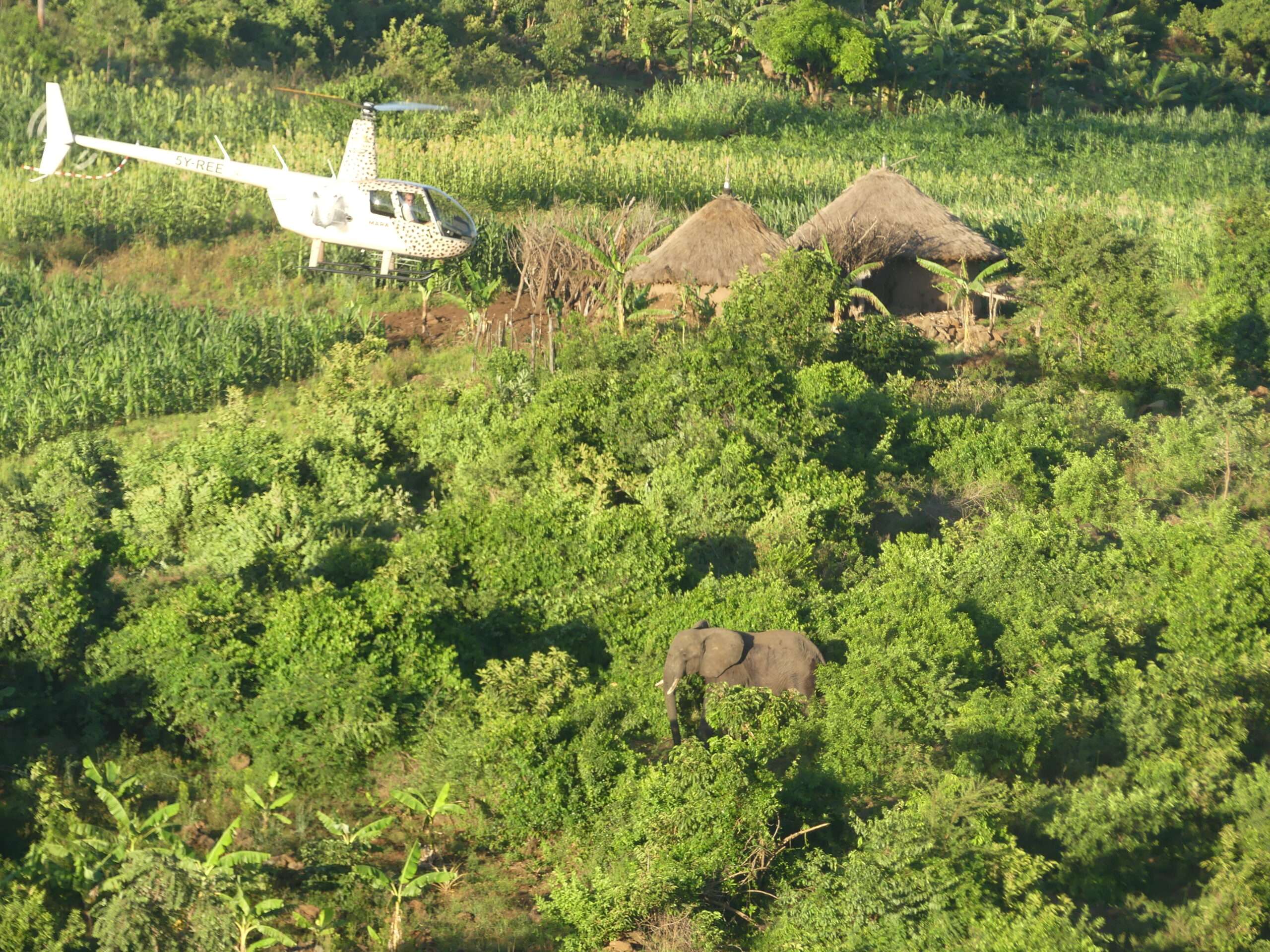
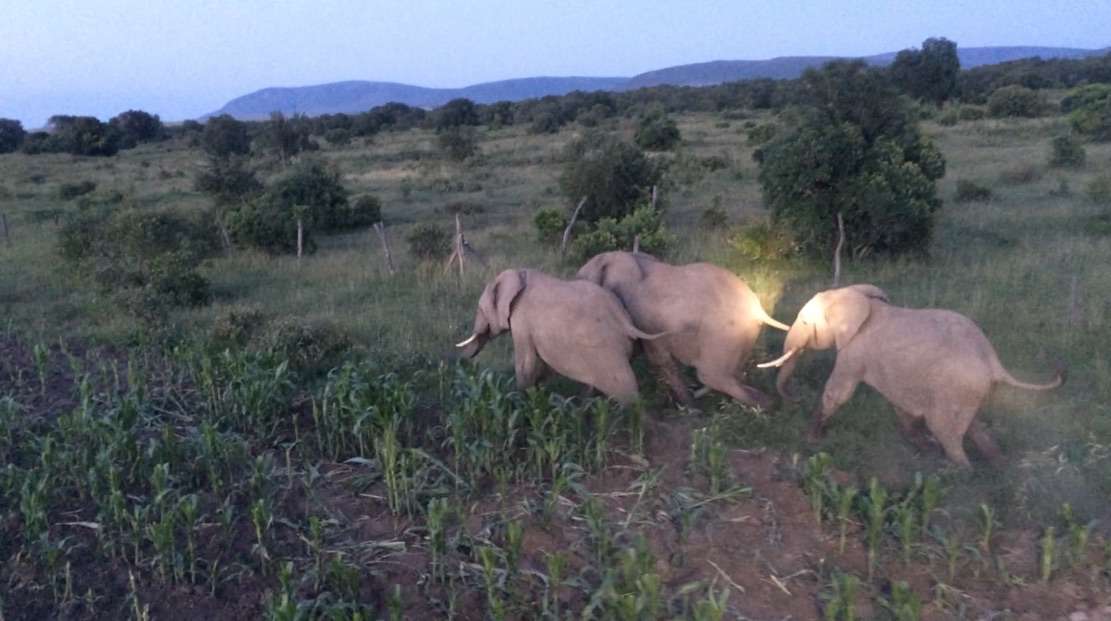


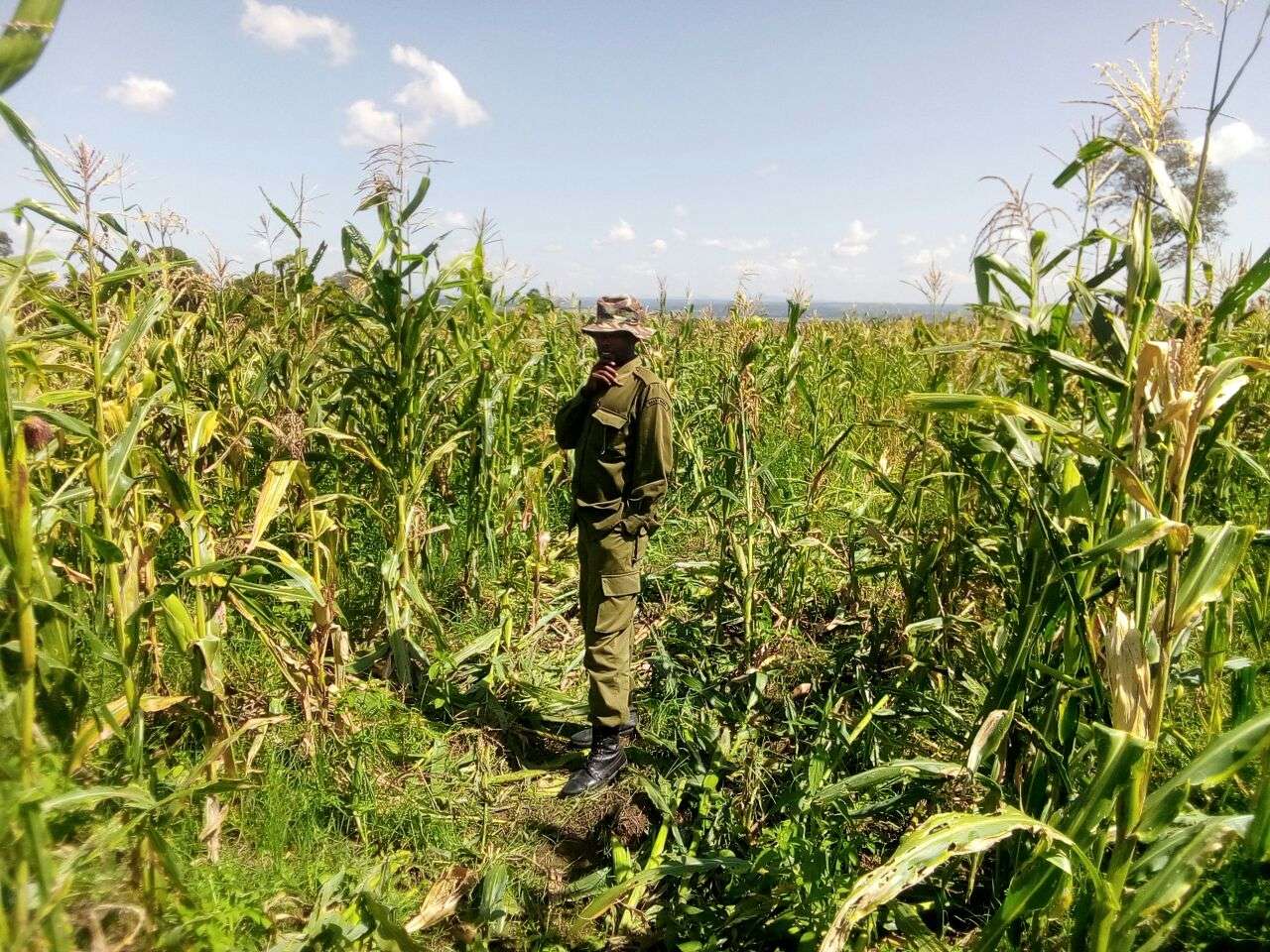
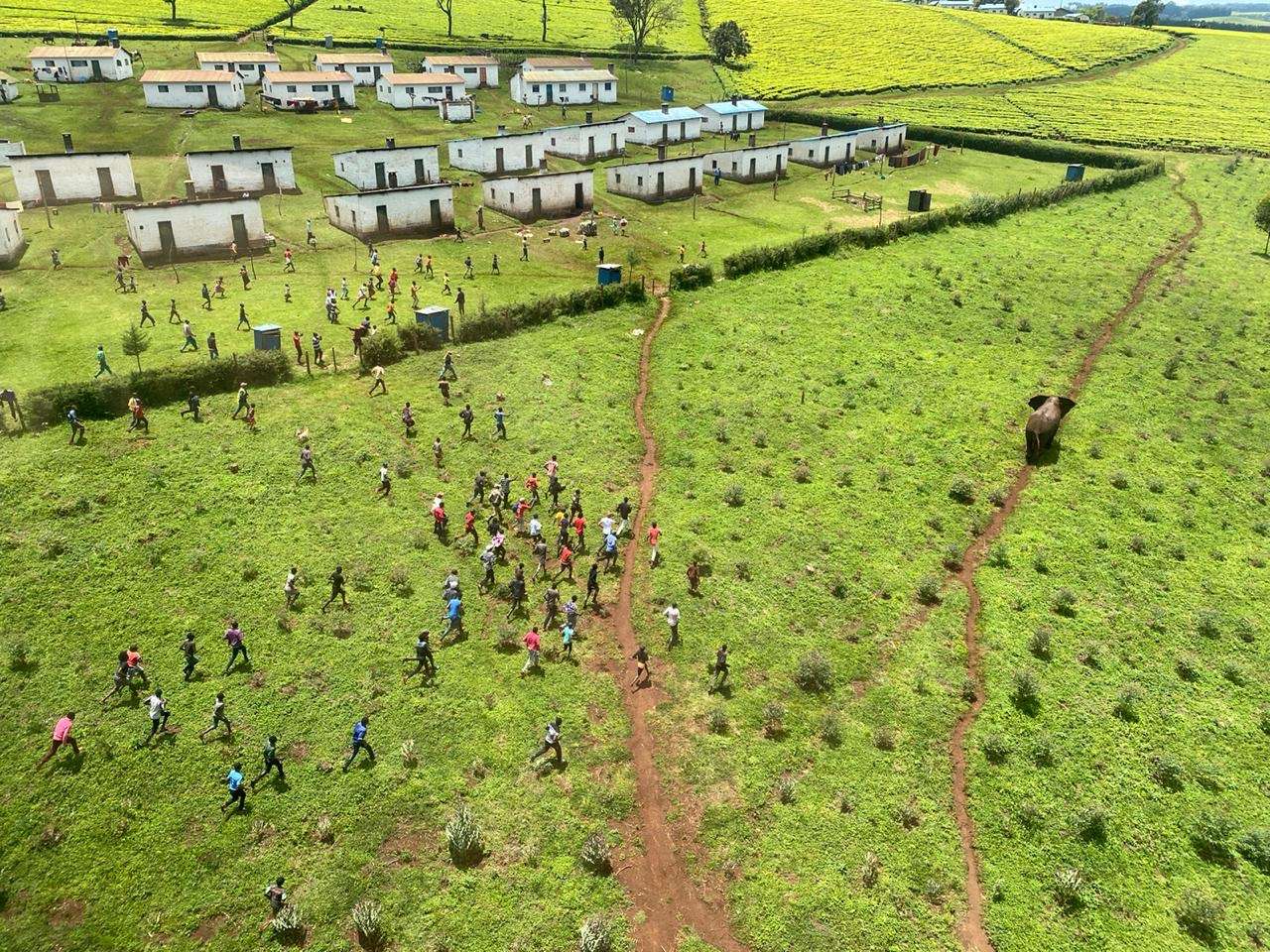


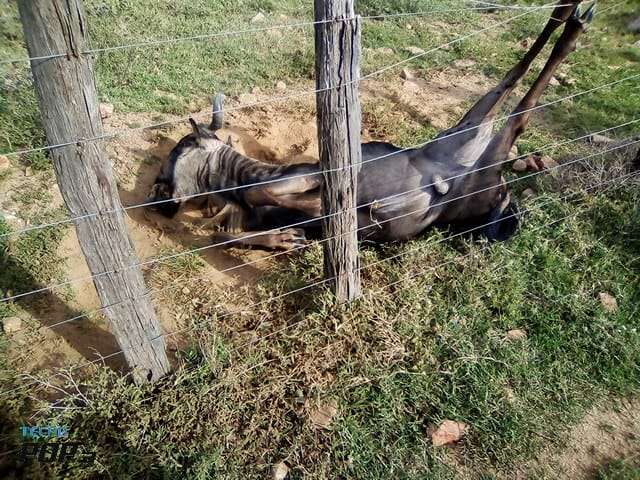
“We are trying to zone this country so that the land use, for example, around the Mara should be those that are compatible with wildlife conservation.”
WRTI CEO Patrick Omondi
 Stay Connected to the Herd!
Stay Connected to the Herd!
